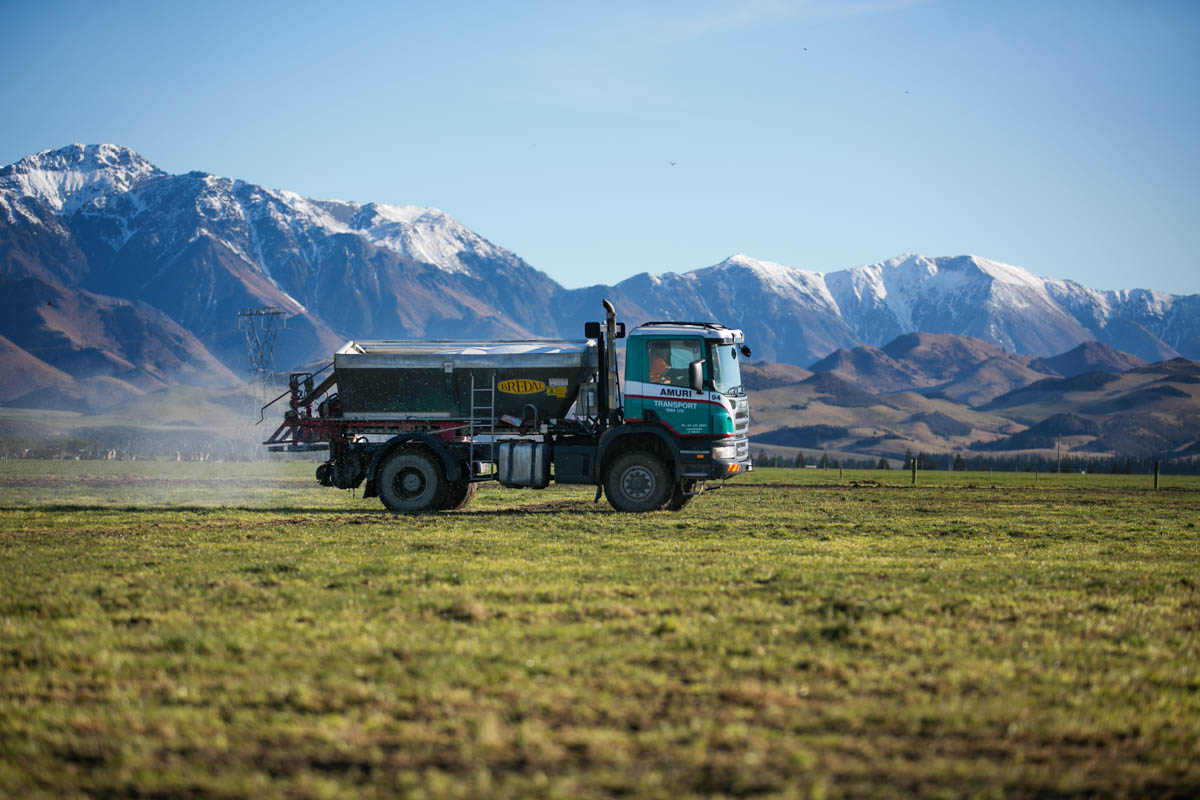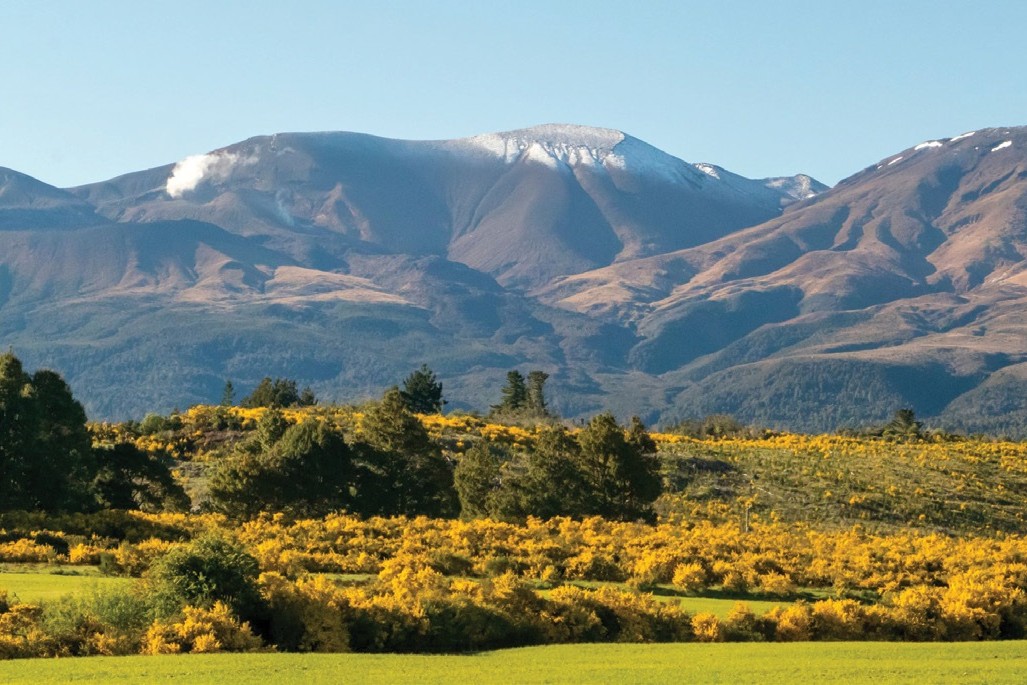A SKIN CANCER INITIATIVE WHICH COULD IMPROVE THE diagnosis of melanoma by almost 50% and help reduce New Zealand’s high mortality rates in rural areas is set to be expanded nationwide.
According to latest figures, males living in rural areas have higher skin cancer mortality rates than those in main urban areas. NZ also has the world’s highest rate of death from skin cancer, with 2700 new registrations annually and one Kiwi dying from this form of cancer every day.
The initiative will help upskill hundreds of Kiwi GPs in the use of specialised diagnostic technology, which could improve early identification of the disease by almost a third.
Diagnosis of the disease can be difficult with NZ lacking a sufficient number of dermatologists and health care providers available to check suspicious skin lesions, particularly in rural areas.
Dermoscopy is a relatively new technique used for examining skin however a lack of training standards has meant there is significant variation in the treatment a patient could receive.
Kiwi doctor Franz Strydom, of the Skin Cancer College Australasia (SCCA), says it’s important that skin cancer is identified early as it provides a significantly improved prognosis for the patient, and if caught in the initial stages, we have the ability to treat it with a minor surgical procedure, at a fraction of the cost of treating metastasised cancers.
He says Kiwis living in rural areas are often disadvantaged as access to medical assistance can be limited.
Patients will visit their GP for regular scripts and check ups, but a skin check should be a separate appointment, requiring more training on the part of the clinician and more time spent with the patient.
Tackling rural skin cancer
A skin cancer initiative which could improve the diagnosis of melanoma by almost 50% and help reduce New Zealand’s high mortality rates in rural areas is set to be expanded nationwide.

According to Beef + Lamb New Zealand, last year the top three NZ beef export markets were Japan ($349m), United States ($1.3b) and China ($2.1b). The Chinese beef market is significant to NZ, but what do you know or understand about this market?
The Chinese beef market is massive and continually growing. But like most things in China, it is very complex. I do not understand all of what goes on with beef here, but selling NZ venison within China’s high-end food service channels for the past seven years gives me a special market perspective.
Is NZ beef seen as a “premium product” in China? This is the million (actually billion) dollar question. It is tough to find evidence by looking at the market and consumer preferences that NZ beef is seen as a premium product. More likely, NZ beef sits in the middle of the road. It’s not cheap compared to some South American products, but nor is it expensive compared to the top-end brands from Australia or USA. You can see this in supermarkets, restaurants and on wholesale price lists. This position might change in future if there is a big enough market segment to move to grass-fed beef.
You often hear that there’s a long-term Chinese consumer trend to eat more beef, and this is true. This is positive for the entire beef industry worldwide. According to a recently released McKinsey report, there were nine million tonnes of beef consumed in China in 2021, ranking it third behind poultry (25 million tonnes) and pork (67 million tonnes). Furthermore, the report predicts the growth rate of beef (to 2026) to be about 2% a year. So there is plenty of upside within this large and complex market.
There are plenty of high-profile Australian beef brands that dominate the premium end of the market, and since 2017 US beef has been allowed back into the market where it competes in the top end with the Aussie brands. There are many reasons why this is the case, but consistency is important. Consistent product quality is of utmost importance to the end user, and a constant supply or availability is also essential. Inconsistent supply (of all products) is a significant challenge for many food service operations in China.
You often hear about the long-term focus or planning happening in China by Chinese companies. This is a great myth as most Chinese companies only focus on today and don’t worry about tomorrow. Though the Chinese government and some companies plan longer term, most do not. NZ beef is not immune from these challenges. Unfortunately, I have heard of many issues in the past about supplying NZ beef to NZ chefs (who want to use it) in China. Hopefully, this has improved.
It is clear what Chinese consumers of the premium beef market are after:
- Brand – There are some influential and well-known brands.
- Breed – Wagyu leads the market, but Angus has its place. The exception to the rule with bread is USDA prime beef. This grading system is well known in China and actually means something to many consumers.
- Grain-fed beef – just about always clearly sold as a premium over grass-fed.
- Country of origin is important, but it has become less so in recent years.
NZ beef falls short on just about all of these at the top-end space, especially within restaurants. Finding any NZ beef in many of the top steak houses and/or high-end around China is very difficult. I know many people who have opened restaurants in China and NZ beef (and unfortunately, NZ venison) never seems to be at the top of their list of must-have items.
This is a major challenge, as promoting yourself as a premium product at a retail level is difficult if your products do not sit within any of the top restaurants. Retail and restaurants are linked, as many of these restaurants’ clientele are also looking to cook quality meat at home.
Connecting allows many brands to build and maintain credibility in that premium space. The Australian brands do this very well. Unfortunately, Taste Pure Nature marketing only focuses on retail, which is a long-term strategic mistake.
As a side note, NZ lamb (and some venison) sits on menus within many of the top-end restaurants all over China and it’s fantastic to see.
Dry ageing of beef has only expanded from a couple of years ago, found in a few places in major cities such as Shanghai, Shenzhen and Beijing. Many restaurants now have their own dry-ageing facilities and run their own programmes.
I have yet to see or hear of NZ grass-fed beef dry aged in a restaurant (hopefully, it is happening somewhere in China), but it is often grain-fed beef from the US or Australia. Some grain-fed South American brands/products are doing very well in many restaurants and are also sold as dry-aged finished product.
Another long-term trend across everything in China is consumers moving to locally produced brands or items. I think this started with electronic items and has now spread to food and drink brands.
The Chinese government has been working hard to increase local standards and reputations, and consumers are responding positively to this. In the past, imported food items were always considered superior and premium to locally produced products. This has now changed, and you now see more and more Chinese products on the menus of the top restaurants. Locally produced beef is slightly behind their lamb, seafood and poultry items at the moment, but it is improving.
As the Chinese beef market and consumer demand continue to change, there is a lot of potential and upside for NZ beef. It is going to be challenging because there is a lot of competition, but it has been good to see some of the moves by NZ beef companies here lately. Long may it last.




